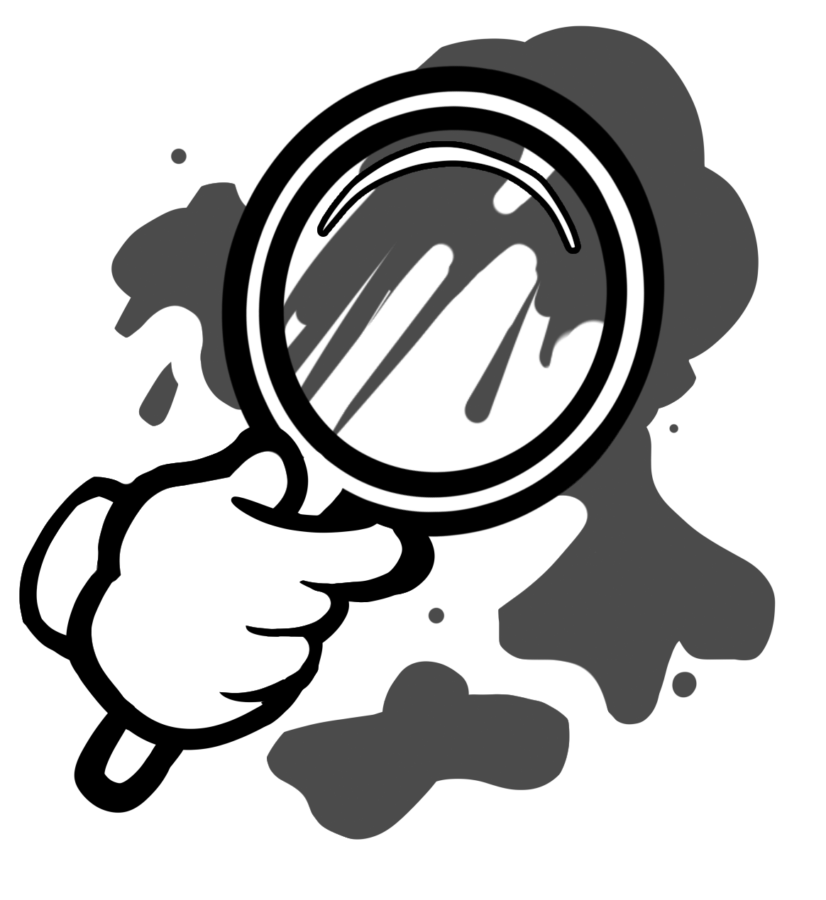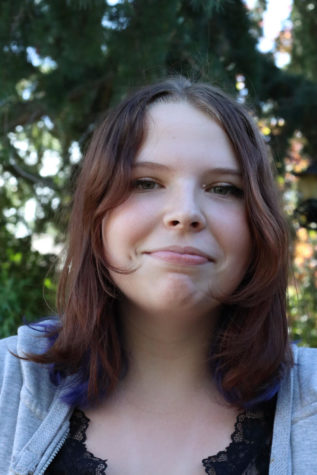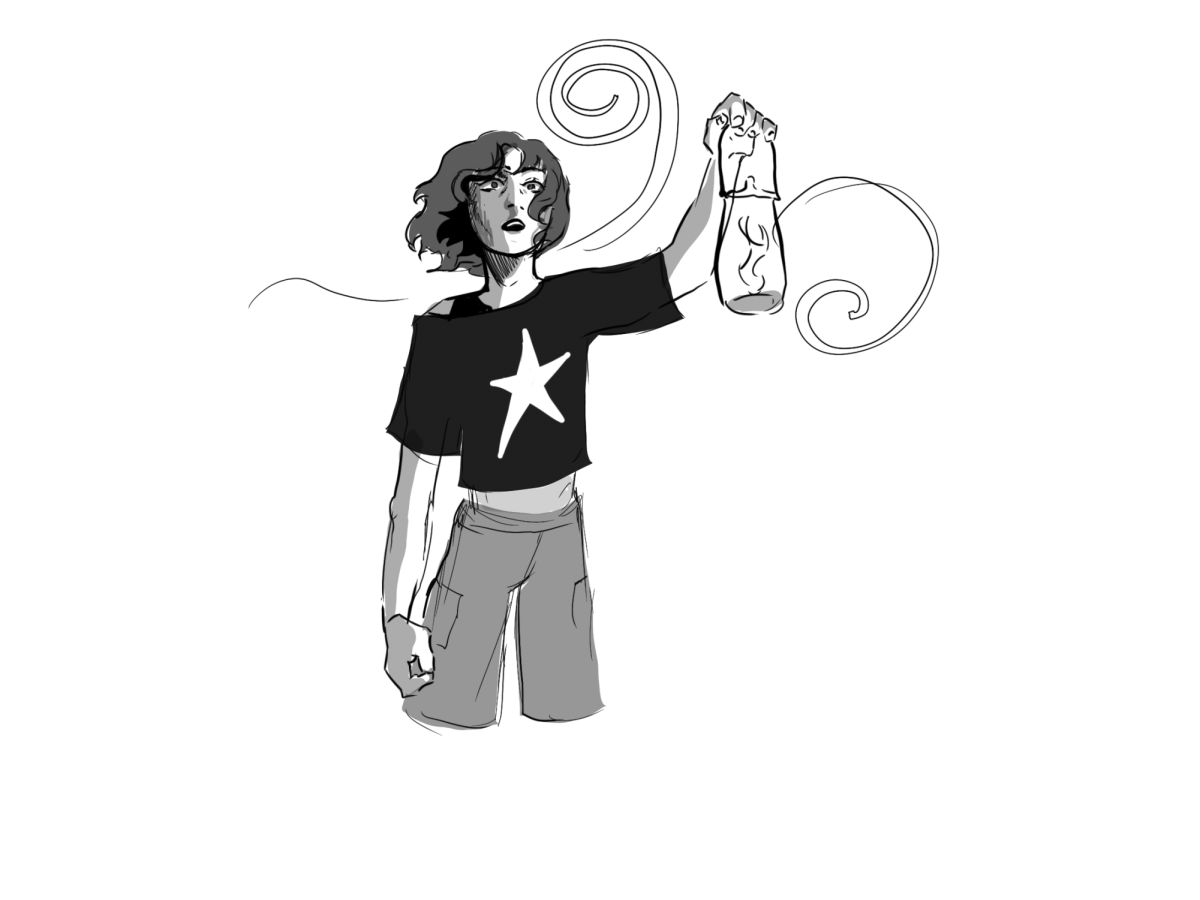The first cases I became aware of as a young kid were the shocking discoveries of people finding severed feet washed up onto beaches around the Salish Sea. When I was younger, these cases piqued my interest in the topic of true crime as a whole. Though this was an exciting case, upon further research, National Geographic reported that the feet were washing ashore due to the decomposition process of corpses.
It was soon discovered that the real culprit was crustaceans and other sea creatures that work around bones in a way that would separate the feet from the body, which was the real reason these human feet were drifting to shore for an unsuspecting person to find.
Even though I learned this new information about this case now, at the time as a kid it was compelling to think about. What could’ve caused this? Was it a killer on the water? Pirates?
Eventually, once I had access to a phone, I rediscovered the true crime genre. It yet again became one of my new favorite topics to learn about.
Whenever time seemed to slow down, the first thing I would do was open up YouTube on my phone and search for true crime videos. Whether it was murder cases, kidnappings or anything of the sort, something about how crimes went about was always very intriguing to me.
What drew me in was just learning about more than the surface case, but previous life details about the people committing the crime. What drives someone to the point in their life that all of society’s morals fly out the window? What pushes someone so far that they find themself in a position choosing to take someone’s life? What past trauma can lay under the surface that can affect the life-changing choices people make in their lives and others?
As time continued and I was learning about more murder cases specifically, it was those very questions that faced me. Trying to ponder about what psychologically was happening to these people turned criminals was so much more genuinely interesting to me than just what was going on with the case.
To me, it was like reading past a headline. “One person found dead in their home,” would turn into this sequence of events that led both a killer and a victim to the horrible events that unfolded.
“What could this killer have done in their life that would have resolved whatever issues that could’ve prevented this crime?” was a question I would frequently ask myself.
Yet once I got past what had happened before and during the case, one of the most interesting parts about them was what happened to a criminal afterwards. Once they’d pushed past that societal boundary, most criminals had very prominent and different reactions to what they had done.
Many pushed themselves to an extreme area of denial for what they had done, where it had almost seemed that they themself started to believe what they were saying. Others felt extreme pride for their crimes. Even if not admitting to it from the start, whenever what they’d done was mentioned you could tell they felt a sick sense of pride. With the endless amounts of different reactions and pasts these people have had, and finding out what truly happened to these victims, I have always been ready to dive in and learn more.









